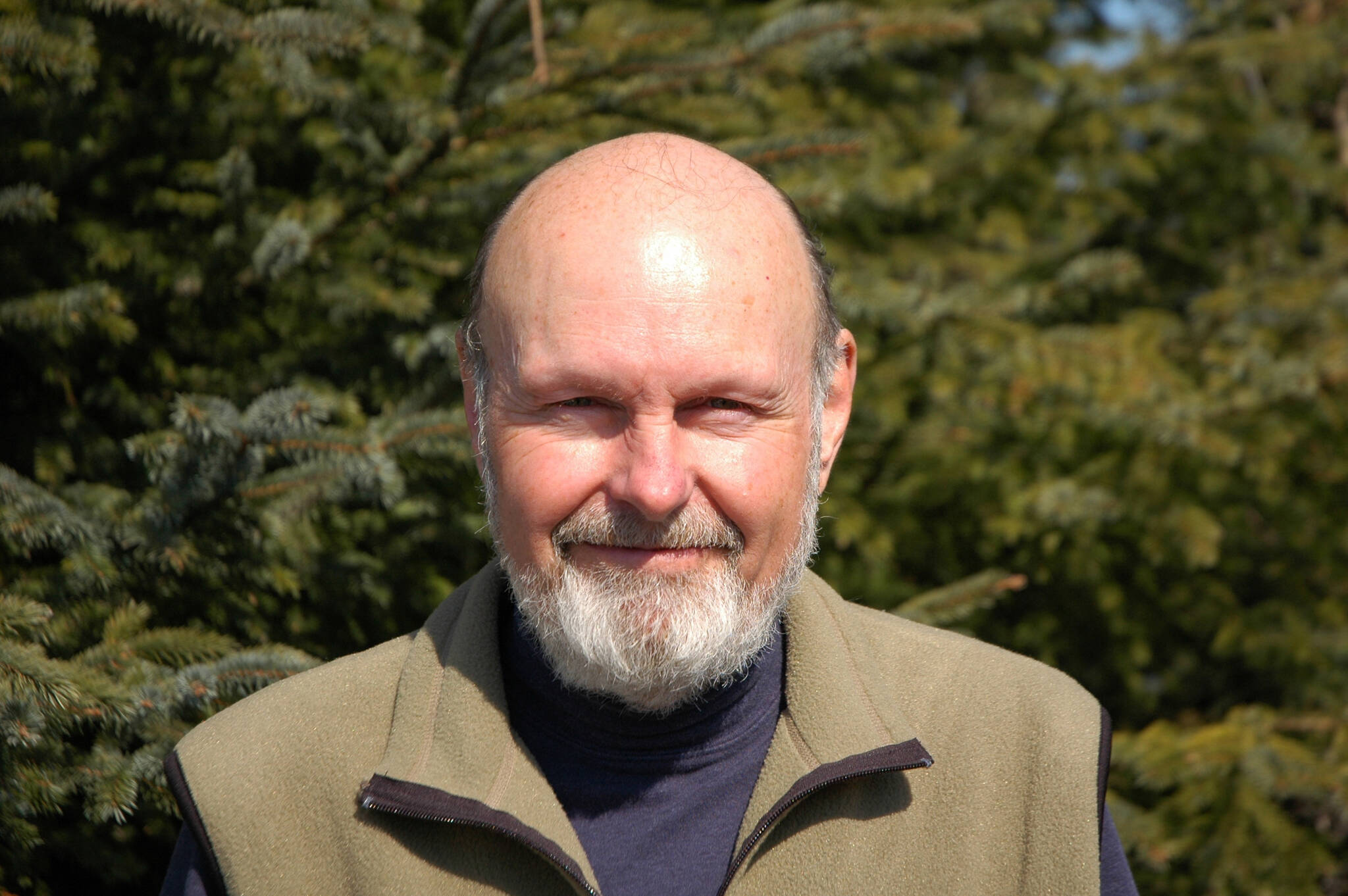I recently had a brush with PTSD.
On March 30, the KBBI Coffee Table program focused on the 1989 Exxon Valdez oil spill, and I called in to comment on some of my experiences back then. Unexpectedly vivid, long buried memories and emotions overwhelmed me. Not exactly flashbacks but powerful enough to leave me shaken. After stammering through the call, I was left with a gut-wrenching sense of anger, sadness, loss and dread.
As curator of the Pratt Museum’s exhibit, “Darkened Waters: Profile of an Oil Spill,” I saw it all — community disruption, closure of fisheries, dying animals covered in oil mousse, dumpsters full of dead birds, everyone frightened and desperate to protect this place from the oncoming oil. Maybe worst of all, was oil industry officials’ apparent lack of concern over the plight of our fish, wildlife, people and communities.
Alyeska couldn’t stop the oil. Exxon/VECO couldn’t stop it. Federal and state agencies couldn’t stop it. In spite of valiant efforts, hundreds of volunteers couldn’t stop it. All the king’s horses and all the king’s men couldn’t put Humpty Dumpty together again.
And nobody could clean it up.
It’s time for a wider remembering than my own. Much of our adult population is too young to have any memory of how it was. Those of us who lived through the spill need to tell them, because 33 years after Alaska’s worst human-caused catastrophe we are under threat of repeating that tragedy.
The Final Environmental Impact Statement for Federal Oil and Gas Lease Sale 258 is expected this spring. If the Bureau of Ocean Energy Management recommends proceeding we could see oil rigs off the mouth of Kachemak Bay before long. After a Final Notice of Sale there would only be 30 days for public comment. With Secretary of the Interior Deb Haaland’s authorization leases could be sold as early as June. How long until the unthinkable happens then?
The Exxon Valdez hit Bligh Reef in spite of promises from industry and government that state-of-the-art technology and strict management protocols would prevent significant problems. Instead, what happened the night of March 24, 1989, and the following days and years illustrates how easily hubris, inadequate oversight, and human error can undo best laid plans. Along with some of the same old assurances of minimal risk, BOEM’s draft EIS estimates a one in five chance of a major spill if leases are sold and developed.
And nobody could clean it up.
During 53 years in Alaska, Mike O’Meara has always been an advocate for sustainable use of our natural resources through science-based ecosystem management. During 19 years at the Pratt Museum he focused on development and management of science/environmental education programs such as the “Darkened Waters” exhibit, Kachemak Bay Discovery, and the Kenai Peninsula Forest Ecology Project. Mike has long promoted more effective regulatory oversight of resource extraction industries and is a founding board member of Cook Inletkeeper.

